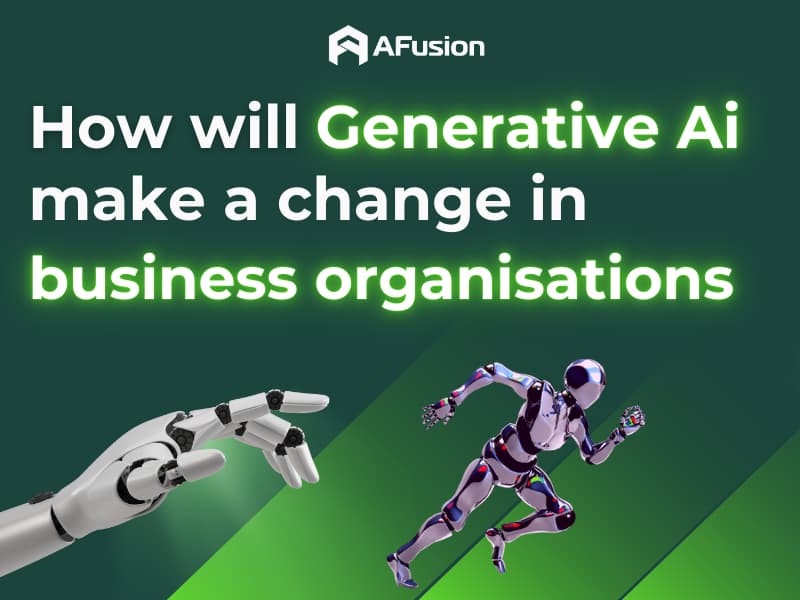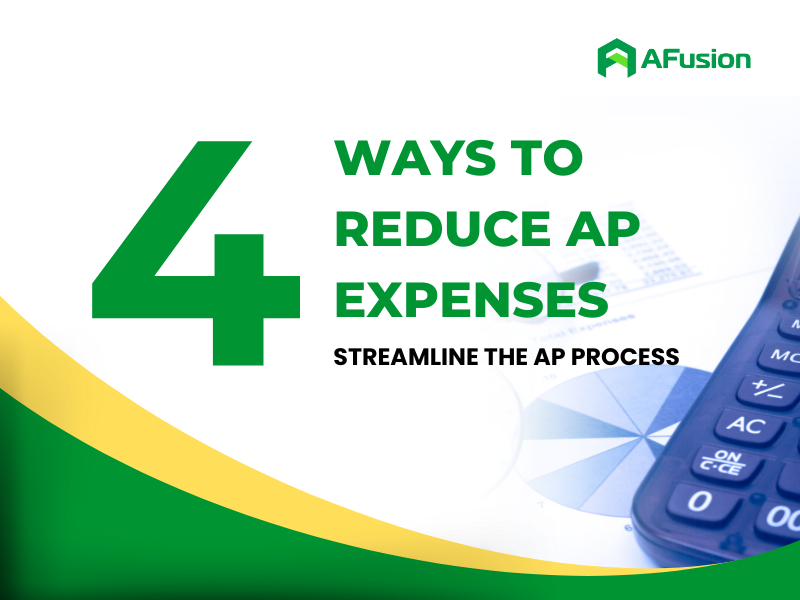Resources > Blog > 54> What does AP Automation Software really cost?
What Does AP Automation Software Really Cost?
CFOs are always required to carefully evaluate every financial decision to ensure a balance between upfront investment and long-term value, as well as proper cost allocation across departments. Automation solutions especially AP software (Accounts Payable automation) stand right at this crossroads.
At first glance, the initial investment for AP software might seem significant. However, when viewed strategically, intelligent automation often leads to remarkable savings in operational and staffing costs over time.
This article helps you understand the full picture of costs and real value when investing in AP software and how to calculate your AP automation cost effectively.
Initial Investment
-
Software Implementation Cost
This is the first step in your automation journey. The AP software implementation cost includes license or subscription fees, system setup, data migration, testing, and integration with existing platforms like ERP, DMS, or accounting systems. A proper setup ensures that the AP software runs smoothly and aligns with your company’s workflow.
-
Infrastructure Cost
Infrastructure costs cover servers, cloud storage, data security, and supporting devices. With AFusion AP software, infrastructure resources are optimized to leverage your existing systems, reducing your initial AP automation cost.
-
Training and Onboarding Cost
Training your team to use new AP software efficiently is essential. This may include workshops, tutorials, or hiring external consultants. However, with AFusion’s user-centric AP software, this cost remains minimal, as the solution is designed to align closely with your company’s current workflows.
Maintenance and Monthly Operational Costs
-
RPA Bot Maintenance
Once deployed, your RPA bots require routine maintenance to ensure optimal performance. This includes updates, bug fixes, and monitoring performance. Keeping your AP software updated ensures compatibility, security, and efficiency.
-
AI Model Retraining
AI models need regular retraining to maintain accuracy as input data or business rules change. This cost ensures that your AP software continues to learn and adapt over time.
-
IT Personnel Costs
Even though AP software significantly reduces manual work, IT staff are still required for oversight, technical troubleshooting, and ongoing support. These AP cost components are relatively minor but essential for stable performance.
Other Potential Costs
-
Process Adjustments
During or after implementation, process changes may arise. Depending on the extent of these changes, the AP automation cost might vary slightly.
-
Additional Integrations
As your business expands, integrating AP software with new systems (ERP, accounting software, or e-invoice portals) may add to your AP cost, depending on the complexity of your setup.
-
Technology Upgrades
Periodic system upgrades or new features such as AI agents, smart approval routing, or fraud detection help your AP software stay competitive and future-proof.
Total Cost of Ownership (TCO)
Total Cost of Ownership (TCO) is a financial metric that helps businesses comprehensively evaluate all direct and indirect costs associated with implementing a solution throughout its lifecycle. TCO goes beyond the initial software purchase cost, encompassing all costs related to deployment, operation, maintenance, training, upgrades, and decommissioning.
In the context of AP Software and accounting process automation (AP automation), TCO provides companies with a full view of the total investment costs while considering the savings benefits the system brings, such as error reduction, workforce optimization, and improved cash flow.
When calculating TCO, businesses should also consider hidden costs, such as periodic upgrades, technical support, enhanced security features, or storage expansion. Conversely, savings from reduced processing time, fewer manual errors, and improved operational efficiency should also be included, as they can significantly offset the total ownership cost over time.
Costs With and Without Automation
Hidden costs of not automating
Initial deployment costs may seem significant to many businesses. However, the hidden costs of executing processes manually without automation can be much higher. When long-term hidden costs are fully understood, businesses realize that the initial investment in AP Software is relatively small.
One of the biggest pitfalls of manual processes is the high risk of errors. Even a small mistake, such as entering the wrong invoice amount or processing a duplicate payment, can lead to significant financial discrepancies.
Consider this example:
A company manually processes an average of 10,000 invoices per month. If the error rate is just 1%, approximately 100 invoices are entered incorrectly or processed as duplicates. Assuming each error results in an average discrepancy of 500,000 VND, the company could lose up to 50 million VND per month, equivalent to 600 million VND per year – excluding the time and manpower needed to review, correct, and handle disputes.
In contrast, by implementing an AP Software solution for AP automation, the system can automatically detect duplicates, reconcile data between PO–invoice–receipt, and reduce errors to below 0.1%, saving the company hundreds of millions of VND per year while ensuring accuracy in financial reporting.
Besides errors, manual AP processes can also result in missed early payment discounts, leading to lost savings opportunities. Additionally, time spent on manual tasks such as data entry, invoice reconciliation, and manual approvals can accumulate, resulting in significant labor costs over time. Without intelligent automation, companies also miss out on proactive fraud detection, predictive insights, and scalable process control.
Cost per invoice and labor savings
One of the most tangible measures to understand the financial impact of AP Software is cost per invoice. In manual processes, the cost per invoice can be surprisingly high due to labor-intensive tasks such as data entry, manual reconciliation, and verification.
Example:
A company manually processes approximately 10,000 invoices per month, with an average ap cost of around $3 per invoice (including accounting staff, processing time, error checking, and delayed approval costs). The total ap cost can reach $30,000 per month.
By implementing an AP Software solution for AP automation, the ap automation cost per invoice can drop to $1 or lower, helping the company save about $20,000 per month while minimizing error risks and improving cash flow.
Beyond direct savings, companies also benefit from opportunity costs by freeing personnel from repetitive, time-consuming tasks. Previously, the accounting team spent most of their time on data entry, reconciliation, and manual invoice processing. With automation, they can focus on higher-value activities such as financial analysis, cash flow optimization, or supplier negotiations. This not only improves productivity and efficiency but also helps retain quality talent by allowing them to perform strategic tasks rather than monotonous manual work.
Direct Costs vs. Indirect Costs and Long-term Value
Direct Costs
Indirect Costs
In addition to initial investments, businesses should also consider indirect costs—expenses arising during system operation and expansion. For example, cloud storage costs as invoice volume increases, security upgrade fees to meet new standards, or integration with additional ERP or CRM systems. These factors may not appear immediately but can significantly impact the ap automation cost and overall TCO of an AP Software solution.
Long-term Value Proposition
Strategic Advantages of AI-supported AP Automation
Enhanced cash flow management
AP Software enables businesses to gain real-time and accurate cash flow insights. Invoices are processed quickly, and payment data is updated in real time, enabling the finance team to forecast cash flow and plan spending effectively.
Risk mitigation
AI helps detect and prevent potential errors or fraud in invoice processing. Algorithms can identify unusual data patterns, cross-check information, and provide early warnings, reducing financial risks and accounting discrepancies.
Data-driven decision-making
Rapid ROI realization
By optimizing processes and reducing labor costs, businesses can realize ROI within a few months of implementation. Repetitive tasks are automated, allowing the accounting team to focus on higher-value activities such as financial analysis or strategic planning.
Competitive advantage
In a digital business environment, speed and accuracy are key. Early AP Software adopters operate more flexibly, make faster decisions, and enhance supplier experience. This not only reduces costs but also maintains competitive market positioning.
AFusion AP Automation Solution: Meeting Your Needs
No two companies have identical operational processes. Each organization has its unique scale, operational model, ERP system, and internal control requirements. Therefore, AP Software cannot be applied as a one-size-fits-all solution. It must be tailored, flexible, and aligned with each company’s actual operations.
AFusion understands this through successful project implementations. We provide not only robust AP Software but also act as a strategic consulting partner, helping businesses smoothly and effectively transition from manual accounting processes to automated operations.
AFusion starts by analyzing current processes, identifying bottlenecks, optimizing workflows, and proposing the most suitable solution. Our goal is to help companies minimize deployment time, reduce conversion costs, and ensure internal teams can operate the system easily.
Start exploring the AP and invoice automation deployment process and costs today.Schedule a Demo to see how RPA bots operate. Contact us!
Frequently Asked Questions About AP Automation Costs
What is Total Cost of Ownership (TCO)?
TCO includes all direct and indirect costs over the software lifecycle, as well as savings from reduced labor, fewer errors, faster processing, and better compliance.
What does initial deployment and setup cost include?
What does ongoing operation and maintenance cost cover?
This includes RPA bot maintenance fees, periodic AI model retraining, technical support, system maintenance, and feature updates.
What are the payment terms?
Flexible payment according to agreement—either one-time or split into two phases depending on the scale and deployment stage.
If the business expands its operations (e.g., processes more invoices, adds new branches, or integrates with another ERP system), how will the cost change?
- When the invoice volume increases, a small additional fee will be applied based on the incremental quantity. Specifically, the first 30,000 invoices cost USD 400, and each additional 1,000 invoices will incur an extra USD 10.
- In cases where the business expands its scope with only minor changes, the additional setup can be supported free of charge (FOC).
Which server does the RPA bot run on?
The company provides a local computer or server for bot installation. AFusion can perform remote installation and provide online technical support if needed.
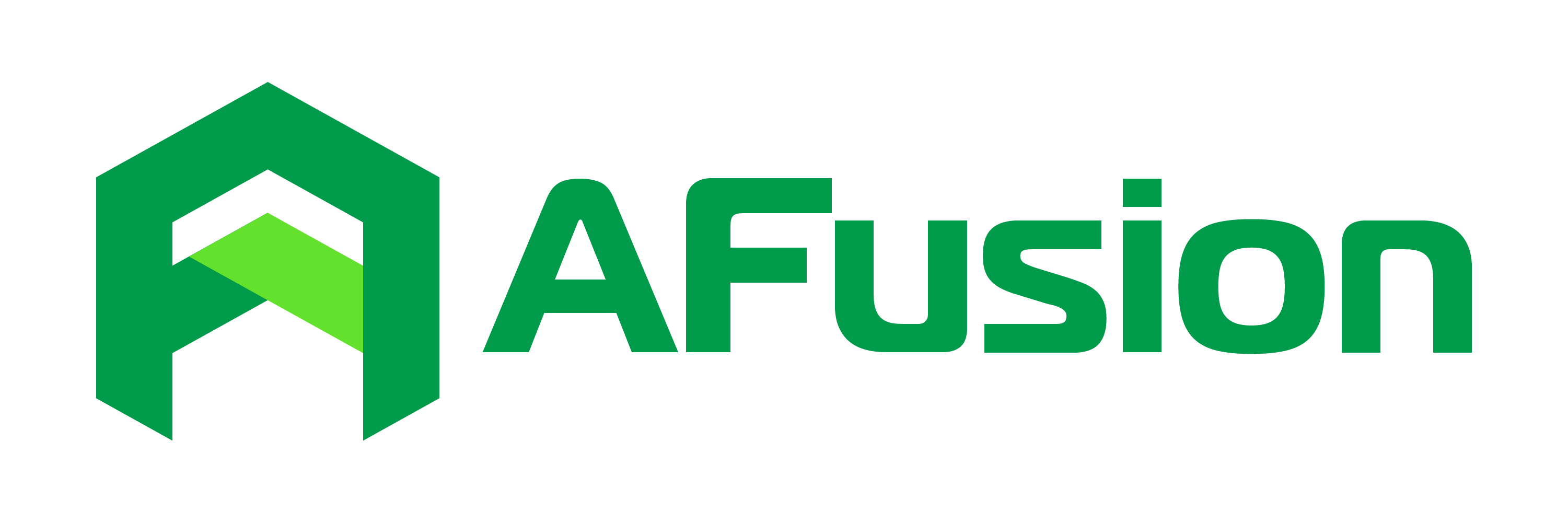

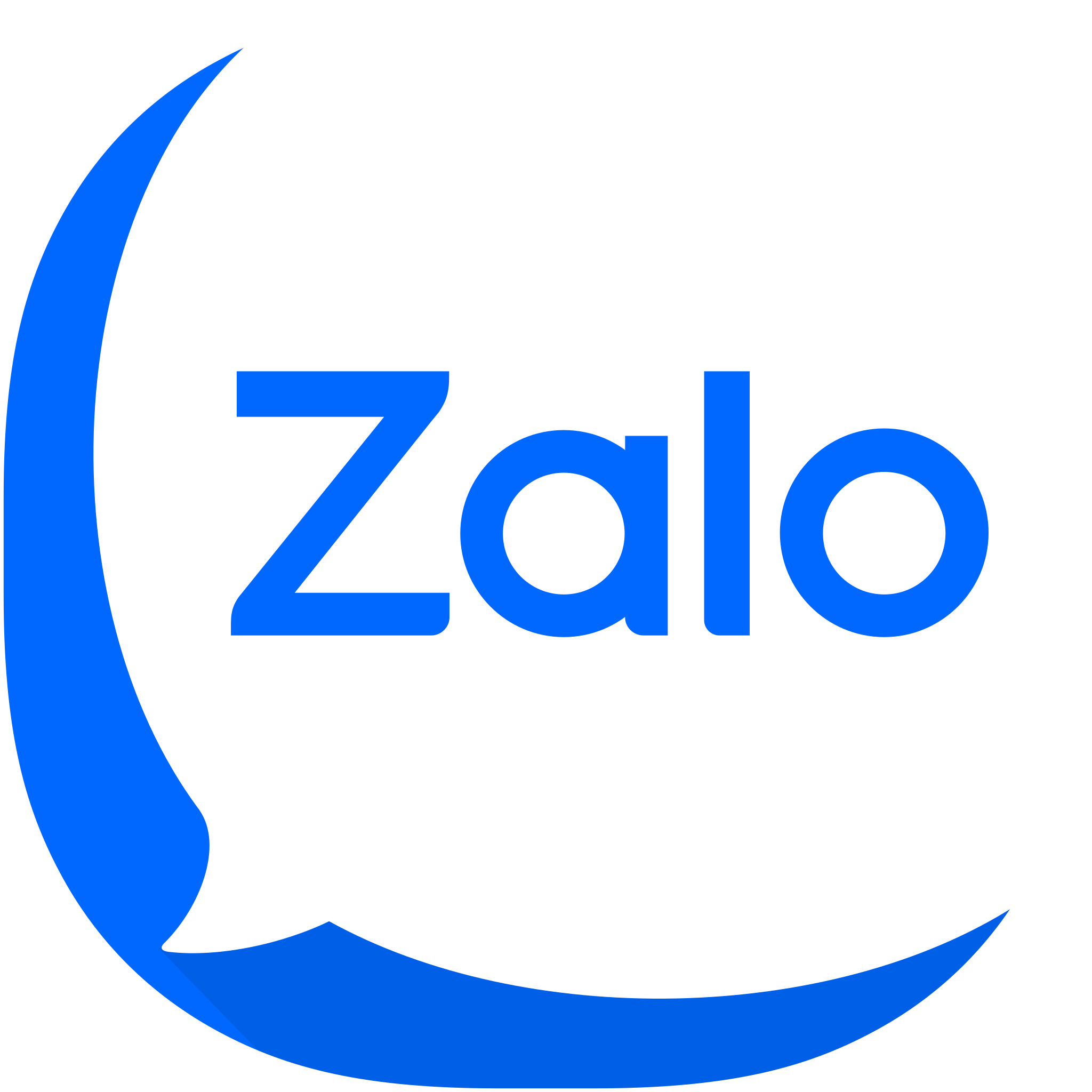
 Previous Post
Previous Post Next Post
Next Post